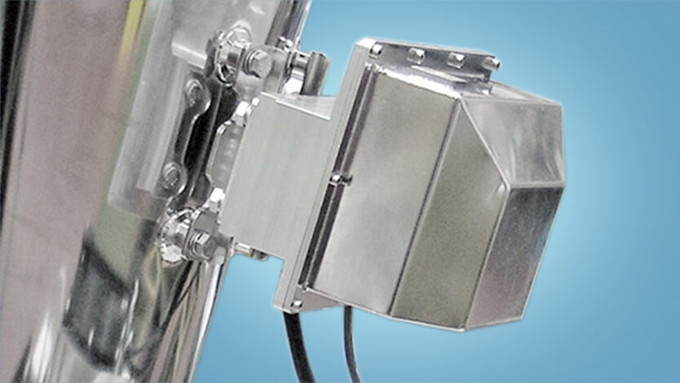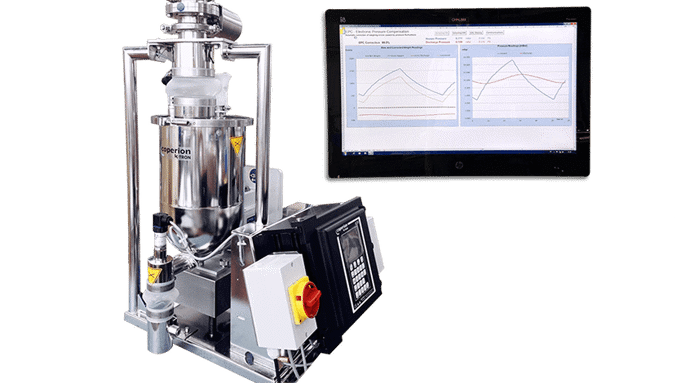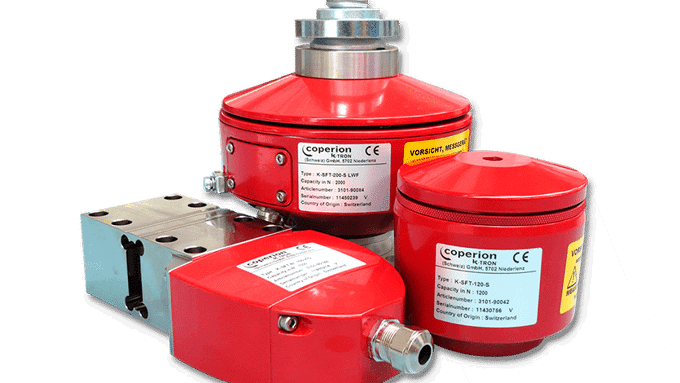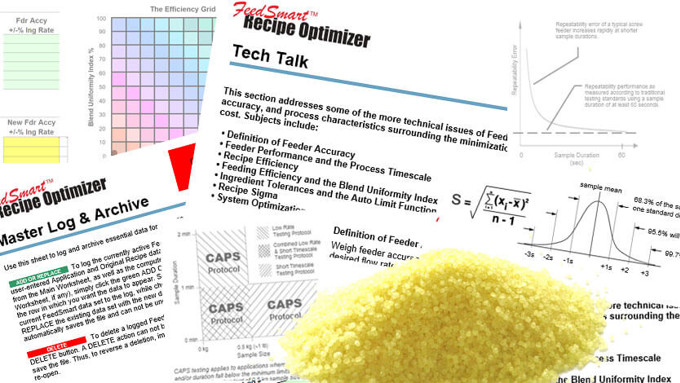Process equipment manufacturers have developed a vast body of expertise and a wide range of feeding technology options to address the multitude of challenges that can arise for process operations involving bulk solids. Your feeder selection–and the success of your application–will be greatly influenced by the specific characteristics of the materials you must feed, the recipe precision needed for your process and the throughput required.
The flow behavior of different bulk solids can vary greatly depending on the material properties or particle geometry. No single feeder design or feeder size can handle all the different material characteristics or throughput requirements. The following short list describes the behaviors most commonly encountered and the feeding solutions that feeder equipment manufacturers such as Coperion K-Tron have developed to handle these bulk solids challenges.
Easy-flowing materials, such as plastic pellets, granules and flakes, are most frequently metered with a single screw feeder. A variety of screw sizes and geometries are available to accommodate different material characteristics and desired feedrates. Bulk Solids Pump (BSP) feeders and vibratory feeders also provide gentle, precise feeding of free-flowing materials. BSP feeders employ a patented positive displacement action that feeds free flowing material with exceptional accuracy.
Floodable materials, including fine materials such as fumed silica, gypsum and diatomaceous earth, can behave like liquids if not properly controlled during hopper discharge and feeding. Here a feeder with interlocking twin screws is often the best choice. The intermeshing screw flights act as a valve to control material flow.
Difficult-flowing materials, such as fiberglass and rubber particles, often require special feeder designs and other flow-aid devices to enable better control of discharge during feeding. There are many different metering options, with screw feeders and vibratory feeders being the most frequent choices.
Cohesive materials, such as titanium dioxide, pigments, APIs and copper concentrates, create additional challenges during process operations, and are particularly susceptible to bridging inside hoppers and cake or accrete to the equipment surfaces. These materials are often best handled by a twin screw feeder with hopper agitation, such as Coperion K-Tron’s ActiFlowTM.
Fragile and friable materials, such as many food products and fibers must be handled carefully. Weigh belt feeders, vibratory feeders and loss-in-weight belt feeders are designed for gentle feeding of these products. Single screw feeders are also an option when configured correctly.
Without consistent, dependable feeder accuracy and repeatability for your process, the integrity of any recipe—and hence the final product—will be compromised. This will directly impact the system reliability, product yield and economic performance of the overall operation.











